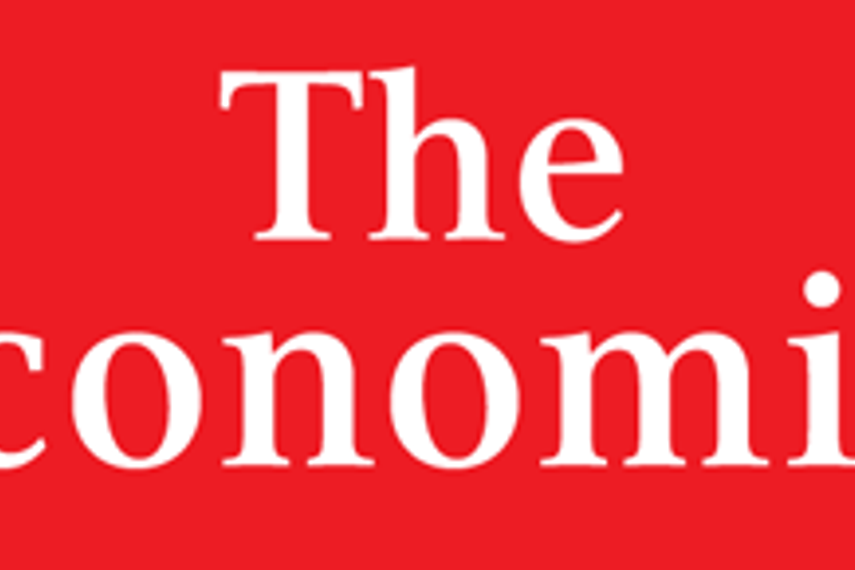
The Economist's latest campaign looks at giving a new twist to its positioning of ‘Interpret the world’. It features six creatives that, each, depicts the connections between seemingly unconnected events. Each of the campaign creatives depicts three visuals superimposed on each other.
The first of these shows the silhouette of a suitcase.
Within the suitcase, one sees the silhouette of a television set, and within that, a silhouette of a pig. Here, the reference is to swine flu, which got a lot of media coverage, akin to a media frenzy which eventually had a global impact on tourism, as people avoided traveling to countries where there was even a hint of swine flu reported cases.
Another shows the silhouette of a young obese man, with the image of a game controller within him. The controller, further, has the image of a tennis racket within it. Here, the reference is the recognition of the trend where young people are increasingly preferring virtual games over outdoor games, which is in turn leading to obesity becoming increasingly common among a younger demographic today.
A third installment in this campaign shows the silhouette of a large whale, with the image of a bowl with chopsticks within it. Within the bowl is the silhouette of a factory. This was to signify how the industrial revolution in Japan expanded the workforce, which, in turn, raised the demand for food, leading to widespread killing of whales.
Talking to Campaign India, Sumanto Chattopadhyay, executive creative director, O&M says, “The idea was to show that “events over time have consequences, and these may be interlinked with each other, in a way that may not be immediately obvious. It works as a brain teaser, which looks at challenging and intriguing its readers into cracking the puzzle and finding the connection between the three images.”
Chattopadhyay further adds, “This execution gave consumers the ability to involve and engage themselves far more deeply. It's interesting that in most of the other work that I create, I have to constantly tell myself that we are selling to the masses, and I must simplify the message as much as possible. In the case of The Economist, it’s the other way around, I have a client who insists on pushing the envelope and creating a challenge that consumers can engage with.” The campaign is primarily led by outdoor with print and online.
Suprio Guha Thakurta, managing director, The Economist, India elaborates, “The online aspect of the campaign will break from November 16 where we have a social media strategy in place as well as online banners which will feature each of the six print ads in the campaign. Except that when the user polls over these banners, they will have the option of acccessing related stories from The Economist, which links back to our positioning of saying that this is a magazine which helps you ‘interpret the world’. The opportunity for engagement is built in through an SMS component in the campaign where readers have the option of sending us a text asking for the connection between the three visuals. They get a text in return which explains the connection. And we have had an encouraging response from mobile queries, which is heartening because there is no incentive for the user to send us a text message to find out the answer, they are doing it out of curiosity and truly engaging with the brand.”
The first ever India specific campaign from The Economist was unveiled in early 2008, created by O&M. The first series communicated the positioning of 'Interpret the world', through the 'alphabet' campaign. The next was the 'twisted script' campaign where the idea was to communicate The Economist's international coverage.










.png&h=268&w=401&q=100&v=20250320&c=1)

